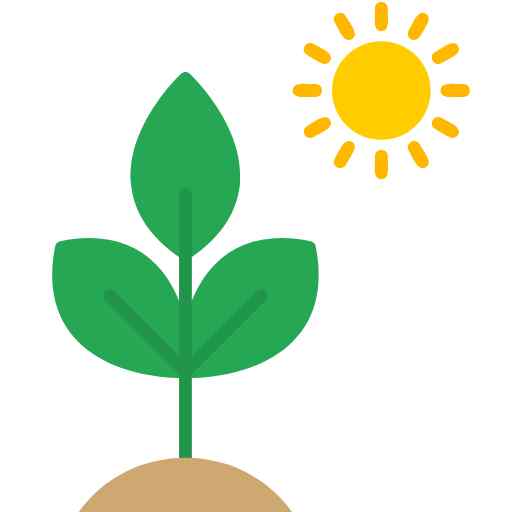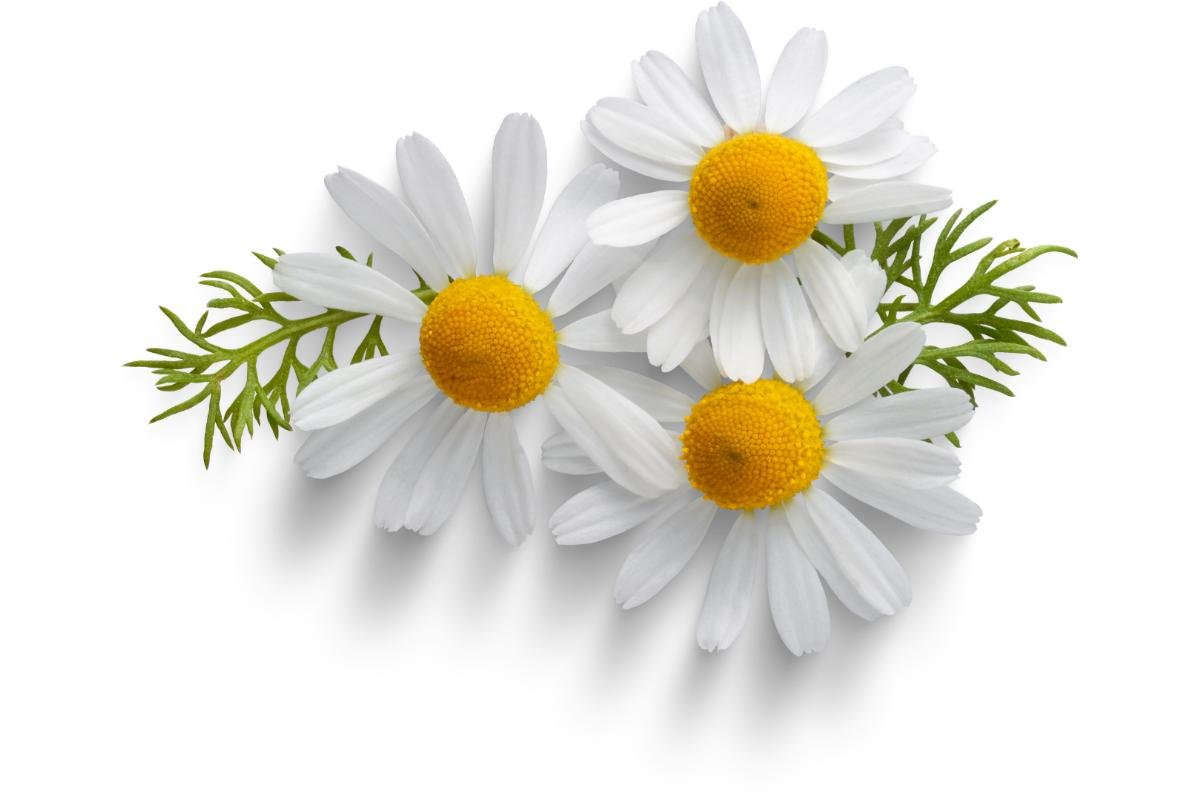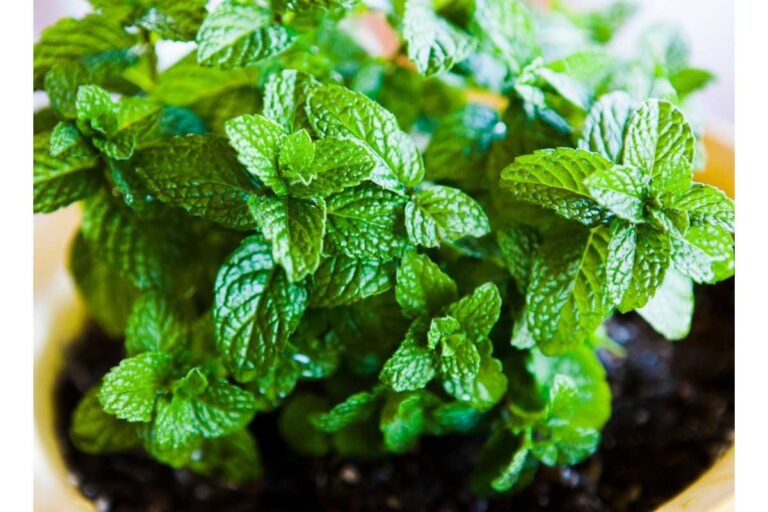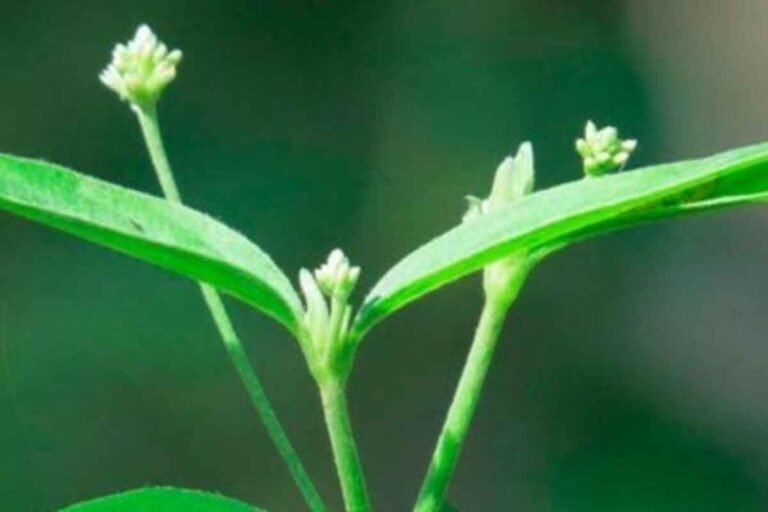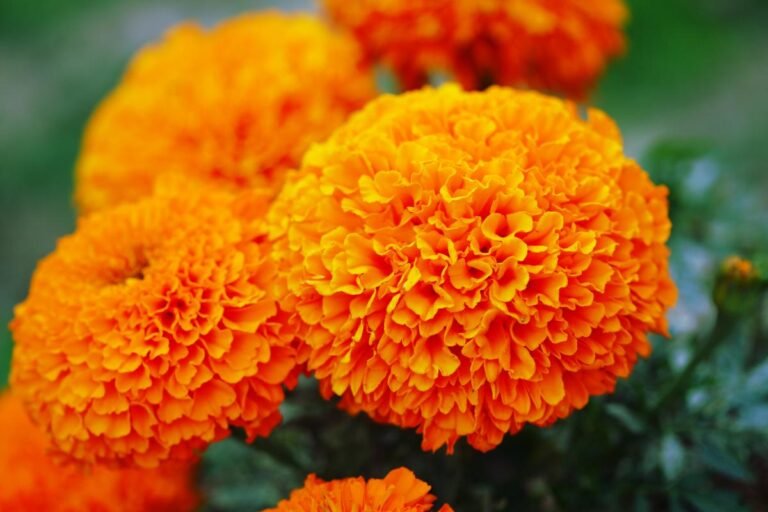How to Grow Chamomile in Pots
Find out how simple it is to plant and grow chamomile. Chamomile is valued for its delightful scent and lovely, daisy-like blossoms. It’s a fantastic option for both flower and herb gardens. It operates just as effectively in containers.
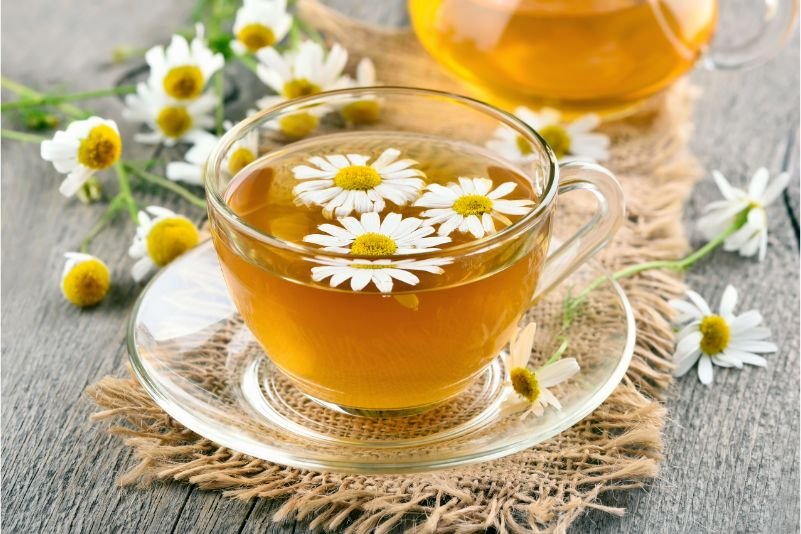
This plant is used to make a healthy tea by putting dried blooms in hot water. In addition to looking fantastic in a garden, it also draws pollinators like bees, birds, and other wildlife. After reading this post, you will be able to effortlessly grow chamomile in pots.
History of Chamomile
Chamomile was first used by Europeans in the first century AD. Pliny the Elder, a Roman herbalist and naturalist, recommended chamomile as a treatment for inflammation of the skin, migraines, liver ailments, and renal problems.
It was used as incense by medieval Europeans in their residences and fortresses. The usage of chamomile for conditions like nausea, asthma and nervous system problems, skin issues, and children’s diseases also increased significantly during the Middle Ages.
It was frequently cultivated and acquired in European gardens in the 14th century to manufacture tea, creams, and oils. In Spain, chamomile was used to lighten women’s hair and even became a well-liked sherry flavoring.
German settlers introduced chamomile to American gardens and homes in the 19th century. American doctors utilized it to treat a wide range of illnesses because of its gentle and secure pharmacology, particularly those in young children and pregnant women.
Varieties of Chamomile
There are three main varieties of chamomile:
Roman Chamomile
It is a plant with a collection of thick green leaves that is native to western Europe. It is used medicinally to treat skin inflammation and gastrointestinal problems.
German Chamomile
Its oil is utilized for its anti-inflammatory and antioxidant effects and is native to North America, Western Asia, and Europe.
Egyptian Chamomile
This chamomile, which is native to Egypt, is regarded as the best flower and herb. It tastes sweet and flowery and has a yellow color.
How to Grow Chamomile in Pots
How to Grow Chamomile from Seeds
Chamomile seeds can be purchased from nurseries or garden centers, and they can be sown right into the pots. The seeds need one or two weeks to sprout. Plant them 6 to 8 weeks before the last anticipated date of a frost indoors or anytime outside after all hazards of a frost have gone in the spring to give them a head start.
How to Grow Chamomile from Cuttings
Cuttings are another way to grow chamomile. Take a good plant cutting that is 4-5 inches long, remove the lower half of the leaves, and use that. Plant it in a pot after dipping it in a rooting hormone. In 5 to 6 weeks, the cutting will begin to form roots if you keep the soil moist.
Supply Requirements to Grow Chamomile
Select a Pot or Container
The first and most important need is that the pot has drainage holes on the bottom. Select a container with a diameter & depth of 10–12 inches so that it can support the plant with ease. You can use any material.
Select Location
Chamomile prefers full sun but can also thrive in partial shade. Select a window that faces south or any bright window for installation indoors. The container can also be positioned on your rooftop or porch, where it will receive enough sunlight.
Prepare Soil
A well-draining soil is necessary. Select sandy-loamy soil as it has good drainage. When it comes to growth, chamomile doesn’t have many requirements. Even in poor soil, it will thrive. But if the soil lacks sufficient nutrients, it is best to add aged compost.
Watering
Never let the soil become saturated; just keep it moist. Root rot and premature death might result from keeping the plant constantly in water. When growing chamomile indoors, make sure the top inch of the soil is completely dry before watering another time.
Fertilizers
Chamomile doesn’t consume a lot of nutrients. The plant doesn’t require much fertilization. So applying a soluble fertilizer rich in phosphorus that has been diluted to half of its potency at the time of sowing is adequate.
Harvesting
You can harvest the plant every day in the summer as it continues to bloom.
It’s a good idea to pick the flowers in the early morning hours before the sun is up and the dew has dried up.
Pinch the stalk of the blooms slightly below the head to cut them. Keep a handy basket nearby to gather them.
Storing
The harvest should be stored in a room with little or no light. The flowers should be spread out and left to dry on a flat surface. To expedite the procedure, you can also use a device called a dehydrator or a tiny fan.
Keep the dried flowers in an airtight glass jar when they have dried. Remember to keep the jar away from sources of intense light and heat.
Pests and Diseases
The good news is that, with the exception of a few typical insect problems, it is resilient to pests and diseases. Still, keep an eye on mealybugs and aphids. If you find them, a strong stream of water or an insecticidal soap will be enough to get rid of them. Neem oil is also an excellent remedy.
Do Chamomile Flowers Reappear Each Year?
German chamomile reappears annually, thus it will naturally wilt after blossoming, having set seed that will grow the next year. In contrast, Roman chamomile is a perennial and will happily grow back year after year.
What Month Do You Plant Chamomile?
The regular spring and fall seasons are ideal for chamomile growth. Planting chamomile in your yard should be done after the last date of spring frost. The summer and early fall are prime harvest seasons.
Are Chamomile Leaves Edible?
Although the blooms and leaves are both edible, their flavors are different. Both can be used to make a refreshing herbal tea or toss them into a salad.
Which Country Cultivates the Best Chamomile?
The highest quality chamomile in the world is produced in Croatia, where it is farmed and contains a significant amount of oil.
